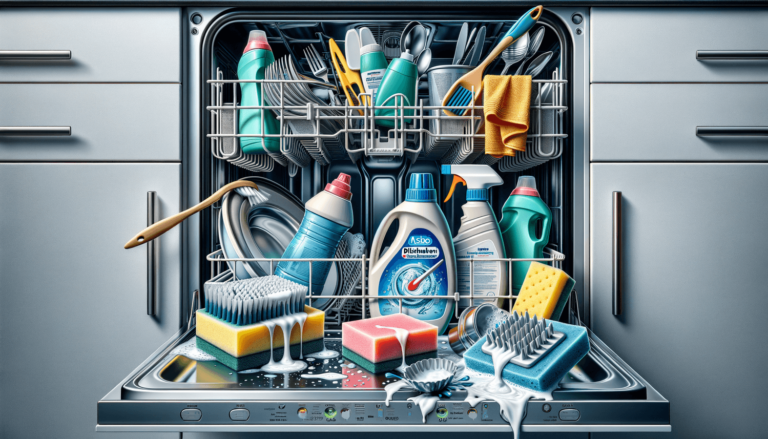

To clean an Asko Dishwasher, please follow these steps:
At Settings King, we understand the importance of properly maintained appliances, which is why we emphasize the need to clean dishwashers regularly. Keeping your Asko dishwasher clean not only ensures its longevity but also maintains its efficiency and performance.
It’s recommended that a thorough cleaning of an Asko dishwasher is done once every four to six weeks. This can vary depending on your usage and the local water hardness. If you notice a decline in cleaning performance or detect any persistent odors, it might be time for a thorough cleaning.
Over time, food debris, grease, and soap residue build up in dishwashers, which can lead to unpleasant odors, reduced efficiency, and even potential damage to the components. By cleaning your dishwasher regularly, you’ll ensure that it continues to operate optimally and provide your dishes with the best possible clean.
By following the tips and guidelines provided by Settings King, you can ensure that your Asko dishwasher remains in top condition, providing you with clean and spotless dishes every time.
After reading our blog post on cleaning Asko dishwashers, you may have some additional questions. We have compiled a list of common questions and their concise answers to further assist you in maintaining your appliance.
Cleaning the filter once every one to two weeks is recommended for optimum performance. This may vary based on your usage and the type of food you cook frequently.
Avoid using bleach, as it may damage the interior components of your dishwasher. Instead, use white vinegar and baking soda, as mentioned in our cleaning steps.
Using a water softener or adding a rinse aid specifically designed to combat mineral buildup can greatly reduce this problem. Regular cleaning also helps prevent the buildup.
If your dishwasher is still not performing as expected, it might need professional maintenance. Issues like faulty water pumps, clogged drain hoses, or malfunctioning spray arms may require expert intervention.
No, it is recommended to use white vinegar and baking soda separately. Vinegar should be used in the first cycle, followed by baking soda in the second cycle for the best cleaning results.